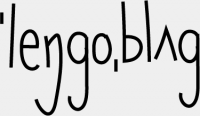Is the Greenlandic language extinct?
No, not yet, but the Greenlandic language will soon disappear from the face of the earth after the USA takes over Greenland. Trump has announced that he will obtain Greenland by reasonable means or by force.
Greenland, don’t let the USA take over your country. Not much good will come from that. The USA are described as being our friends, but it is better to describe the country as the world’s school bullies. Those who steal other people’s lunch money and clothes, threaten other students, destroy their things and beat people up if they don’t obey the bully and his/her henchmen.
If you are a school student and you have a bike, and it is stolen by an unknown guy, … ↪



